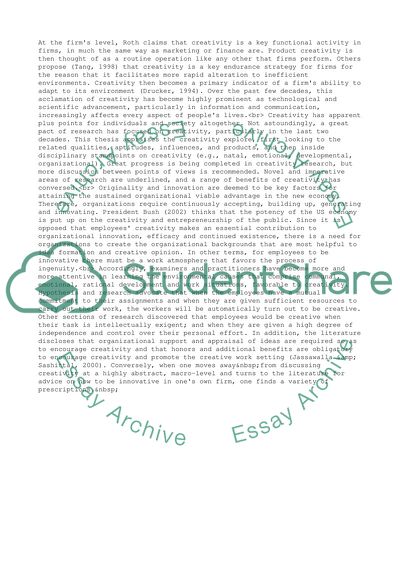Cite this document
(“Innovation, Technology And Market Essay Example | Topics and Well Written Essays - 2000 words”, n.d.)
Innovation, Technology And Market Essay Example | Topics and Well Written Essays - 2000 words. Retrieved from https://studentshare.org/business/1525691-innovation-technology-and-market
Innovation, Technology And Market Essay Example | Topics and Well Written Essays - 2000 words. Retrieved from https://studentshare.org/business/1525691-innovation-technology-and-market
(Innovation, Technology And Market Essay Example | Topics and Well Written Essays - 2000 Words)
Innovation, Technology And Market Essay Example | Topics and Well Written Essays - 2000 Words. https://studentshare.org/business/1525691-innovation-technology-and-market.
Innovation, Technology And Market Essay Example | Topics and Well Written Essays - 2000 Words. https://studentshare.org/business/1525691-innovation-technology-and-market.
“Innovation, Technology And Market Essay Example | Topics and Well Written Essays - 2000 Words”, n.d. https://studentshare.org/business/1525691-innovation-technology-and-market.


